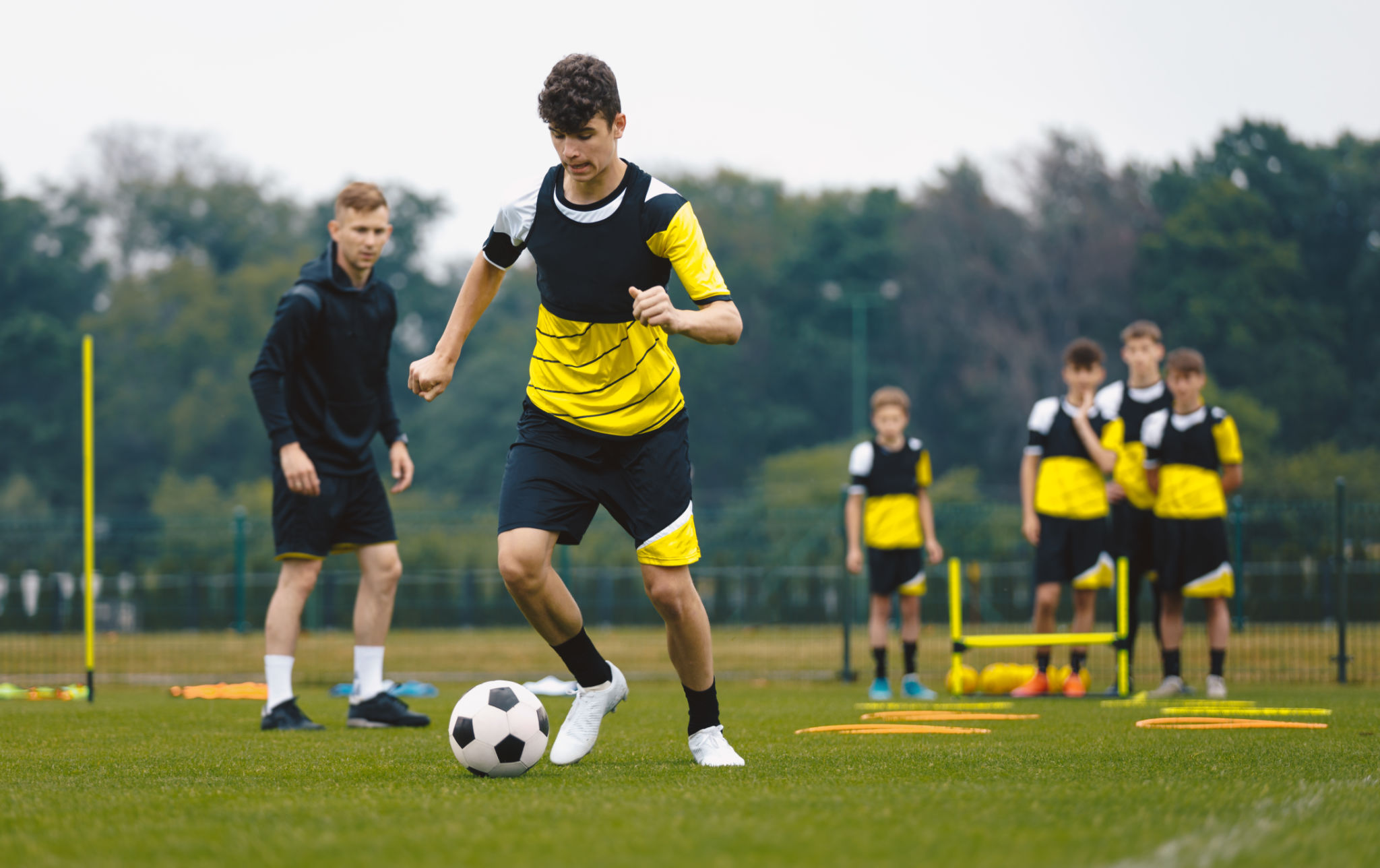Case Study: How Soccer Analysis Improved A Team’s Performance
Introduction to Soccer Analysis
In the world of sports, data analysis has been a game-changer, and soccer is no exception. With the advent of advanced analytics, teams are now able to dissect every aspect of their performance, leading to strategic improvements on the field. This case study explores how one soccer team leveraged analytical insights to enhance their performance.
By utilizing data-driven techniques, this team was able to identify weaknesses, capitalize on strengths, and ultimately improve their overall gameplay. The journey from data collection to actionable insights is as fascinating as it is effective.

The Data Collection Process
The first step in improving the team's performance was gathering relevant data. This included player statistics, match outcomes, and even environmental factors affecting gameplay. The team employed advanced tracking systems to monitor players' movements and actions during matches.
Data collection also involved video analysis to break down each game into actionable components. Coaches and analysts collaborated to ensure that every piece of data was accurately captured and stored for further examination.
Tools and Technologies Used
To make sense of the vast amounts of data collected, the team utilized specialized software designed for sports analytics. These tools helped in processing data efficiently, allowing for real-time insights during matches.

Analyzing the Data
Once the data was collected, it was time to analyze it for meaningful insights. The analysis focused on various aspects such as player performance metrics, team dynamics, and opponent strategies. By examining these factors, the team could pinpoint specific areas for improvement.
Advanced algorithms were used to identify patterns and trends that were not immediately apparent. This allowed the team to develop tailored training programs that addressed identified weaknesses.
Key Insights Gained
Some of the key insights gained from the analysis included:
- Identifying players who were underperforming and required additional support.
- Recognizing successful strategies employed by opponents and adapting accordingly.
- Understanding the impact of environmental conditions on gameplay.

Implementing Changes
With valuable insights in hand, the team began implementing changes aimed at improving performance. Coaches designed specific drills targeting identified weaknesses while enhancing existing strengths.
The team also adjusted their game strategies based on opponent analysis, leading to more effective match play. These changes were continuously monitored and refined as needed, ensuring that improvements were sustained over time.
The Role of Continuous Feedback
Continuous feedback was crucial in this process. Players received regular updates on their performance metrics, allowing them to take ownership of their development. This feedback loop fostered a culture of self-improvement within the team.

Results and Outcomes
The impact of soccer analysis on the team's performance was significant. Over a series of matches, there was a noticeable improvement in both individual player metrics and overall team cohesion. The team experienced more victories and a higher standing in their league.
Moreover, players reported increased confidence on the field, knowing they had specific strategies tailored to their strengths. This case study highlights how integrating data analytics can lead to tangible benefits in competitive sports.
Lessons Learned
The success of this initiative underscores several important lessons:
- The importance of comprehensive data collection and analysis in sports.
- The need for collaboration between coaches, analysts, and players.
- The value of flexibility and adaptation based on analytical insights.
By embracing modern analytics, soccer teams can not only improve performance but also gain a competitive edge in their respective leagues.
